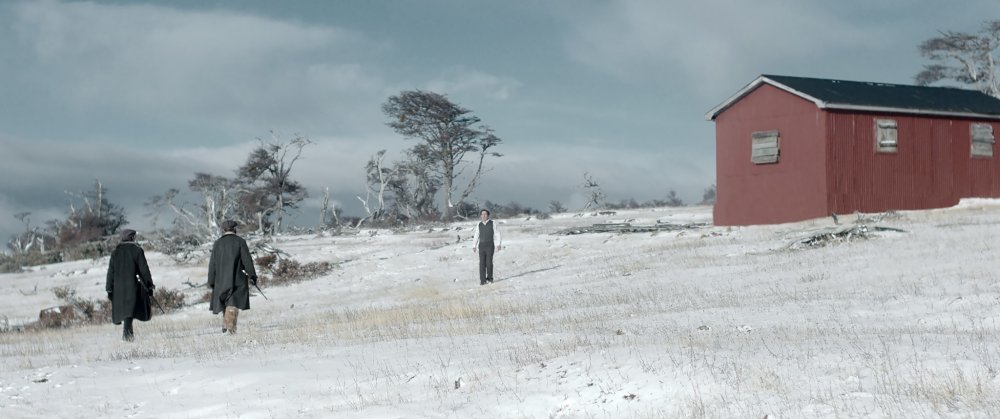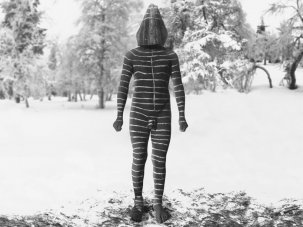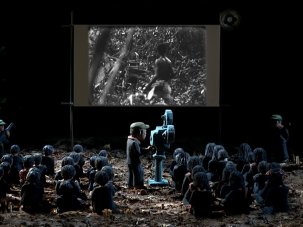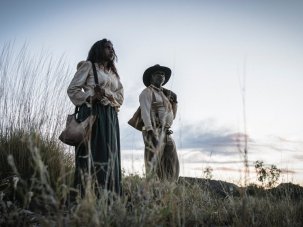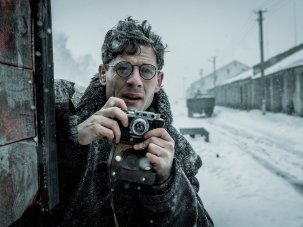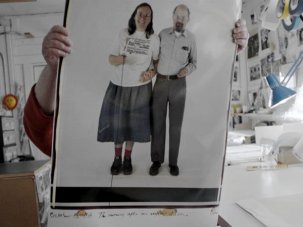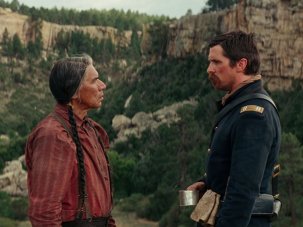Beautiful, desolate landscapes invariably make a great picture, still or moving. That’s certainly the case with Tierra del Fuego, in Chile, where Théo Court’s White on White (Blanco en blanco) is set.
Spain/Chile/France/Germany 2019
100 mins
Director Théo Court
Cast
Pedro Alfredo Castro
Land owner Lars Rudolph
Aurora Sara Rubio
Sara Esther Vega
Original Spanish title Blanco en blanco
► Trailer
The barren landscape and extreme temperatures impose their photogenic quality from the first frames of the film. But the main character, a photographer named Pedro, hasn’t been called to aim his lens at this big country. A landowner, Mr Porter, has asked him to come all the way to his isolated ranch to photograph his wedding. We see Pedro making his way to the house, treading on snow and following a couple of men and their dogs. We are at the turn of the 19th and 20th centuries.
Once inside the house, the photographer clumsily plays with the curtains in the living room to try to get more light in. “Isn’t there a brighter room than this one?” he asks Aurora, the housekeeper (Lola Rubio). The answer is no. “Mr Porter wants you to work here,” she says, setting the tone of the themes we’ll be confronted with. Not only will Pedro not find a brighter room; his will be a journey into a darkness, and he will be powerless to flee it or fight it.
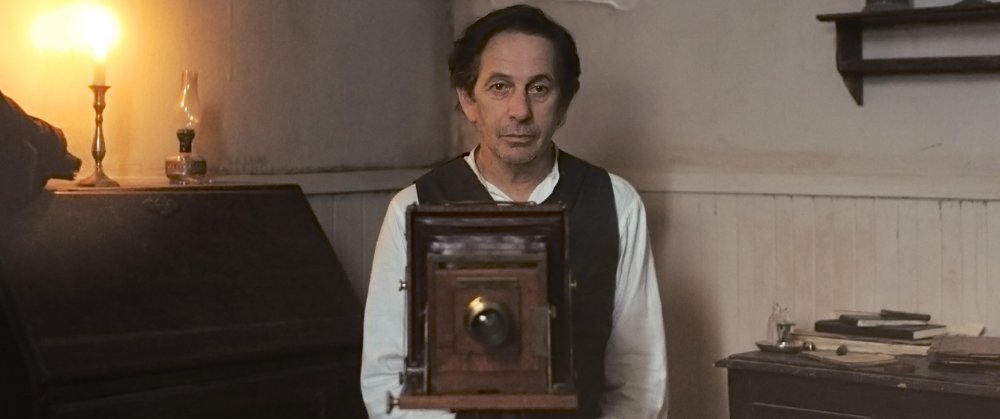
Alfredo Castro as Pedro
Played by Alfredo Castro (Tony Manero, The Club), an expert in tuning despair and moral ambiguity to perfection on screen, Pedro looks uncomfortable from the start, and this extends to the film’s audience the minute the bride-to-be steps into the room: she is a little girl, Sara (Esther Vega), awkwardly coiffed and dressed beyond her age in a long white bridal gown. The photographer is equally sent off-balance, but not in the way you would expect. He decides to take the girl’s photograph in a fin-de-siècle sensual style, lusting over her while he carefully arranges the gown over her shoulders and overstepping several boundaries in the process.
It’s a credit to director Court that a scene like this is shot in a way that takes us to the core of White on White: a reflection on ethics and aesthetics; the representation of abuse, more than the stylisation of it. This is true in relation to Pedro’s obsession with photographing the girl – echoing the controversy around some of Lewis Carroll’s portraits – as well as the portrayal of the ethnocide of the indigenous people of Tierra del Fuego.
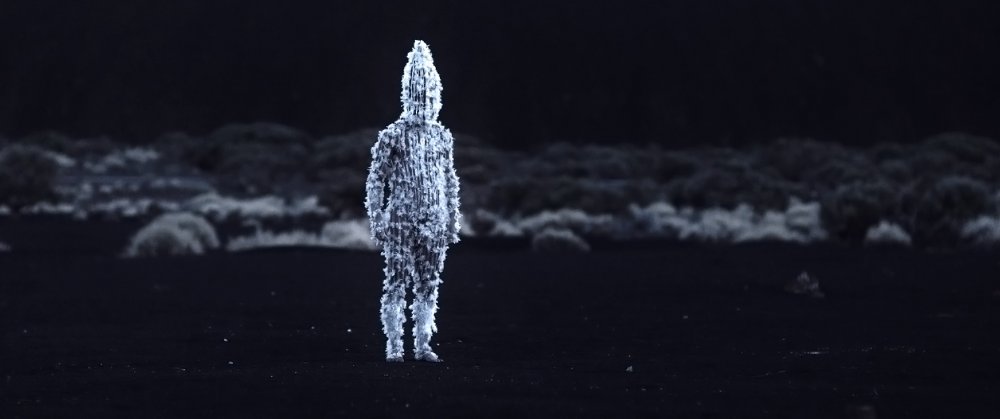
The wedding that Pedro is supposed to photograph takes place much later than expected, almost at the end of the film, so the photographer – stuck in this forsaken, beautiful landscape – turns his lens to the people who work on the ranch and the people they have chosen to exterminate, those who inhabited the land before their arrival. Hunting and killing them seems to be the main job of Porter’s men.
The narrative around ‘winning’ new territories and the legitimation of violence it entails has often been a rich subject in the western, with a debate around printing the legend or questioning it. Court’s take on the topic is unequivocally clear, yet open to the audience’s imagination, not preaching but still laying the darkness of the soul out in the open, making us think about how to look at its representation. The black-and-white photos of a pioneer photographer frame a timeless brutality.
Blanco en blanco trailer
-
Venice Film Festival 2019 – all our coverage

All our coverage of the 2019 Biennale di Venezia International Film Festival.
-
The Digital Edition and Archive quick link
Log in here to your digital edition and archive subscription, take a look at the packages on offer and buy a subscription.




